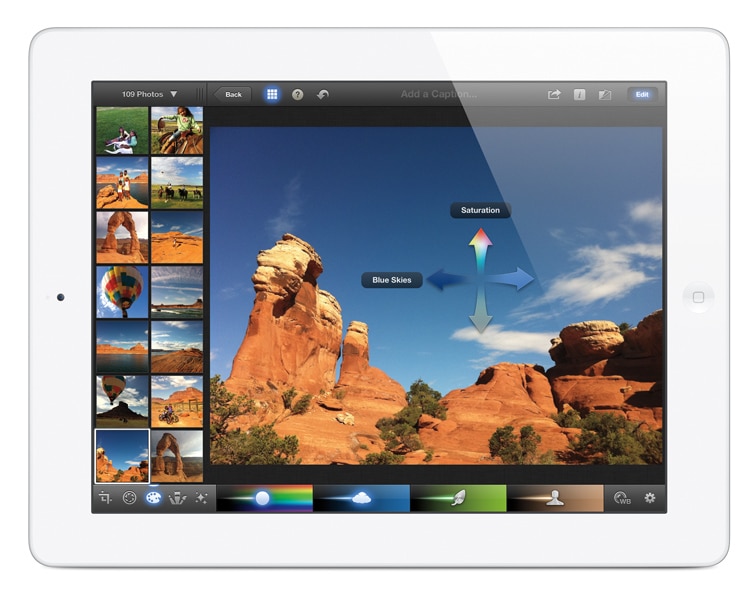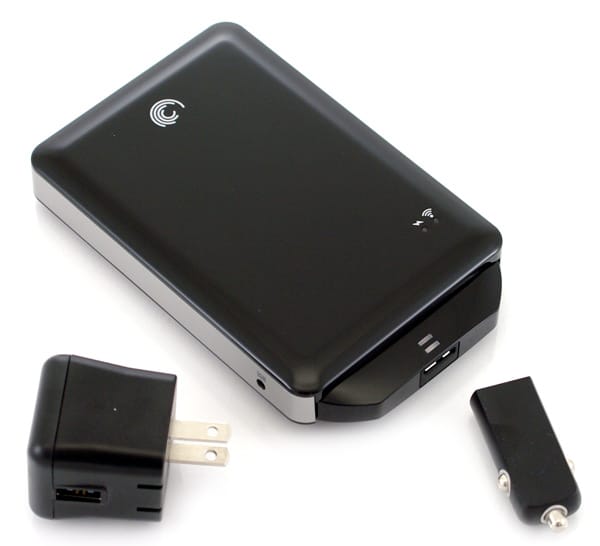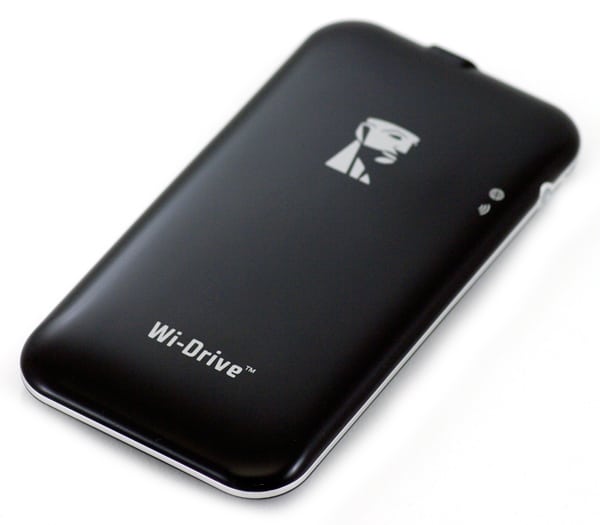Apple launched the much anticipated iPad 3 dubbed "The new iPad" (or iPad 3rd Generation) today, which builds on the most popular tablet platform to date. While most of the updates are evolutionary, a new camera, support for faster cell phone networks, and so on, perhaps the biggest deal is the new Retina display. The reason the new 2048 x 1536 pixel display is so exciting, which incidentally is higher resolution than 1080p, is that HD content becomes that much more gorgeous on the mobile device. While many will still stream a majority of their content, the space required for the multitude of high resolution content and especially games is going to rocket upward. The big question may be, is it safe to buy a 16GB iPad 3?

As most of us know switching from a home desktop to a notebook can be a big shock as the space for high-quality media shrinks. Having the physical space inside a desktop to store not only a SSD but a large 3.5-inch hard drive means that right now you can pack over 4TB with a single drive into desktops. Notebooks top at 1TB for platter drives and 512GB if you have money to burn on a large capacity SSD. For iPad users though, we have usually been limited to 16GB, 32GB, and 64GB… a fraction of what you can store on most SSD-equipped notebooks. As content-rich media gains popularity, the need for more storage capacity is a given.

Right now if you want HD quality video, you are looking at about 1GB for every 30 minutes of HD content. That puts most 2 hour movies into the 4GB range through Apple iTunes. The bigger problem may be media-rich video games that currently set you back 630MB for Mass Effect, 765MB for Batman and 500MB for Real Racing 2. You start to see just how quickly your available space starts to vanish when considering top games will grow well beyond 1GB.
The quick solution, well easy that is since USB 2.0 transfer speeds are slow, is to delete content off your iPad or iPhone and only have what you need for the day or week ahead of you. Another option is to get an external wireless storage solution to add on much more space, up to 500GB with the Seagate GoFlex Satellite Wireless.

Currently the market has a few options for external storage that is compatible with iOS devices like the new Apple iPad 3. Kingston offers the Wi-Drive flash-based storage solution, with capacities ranging from 16GB to 32GB, but in a very slim and pocketable size. Seagate offers the platter-based GoFlex Satellite Wireless in a 500GB capacity, but is larger and more aimed at being stowed away in a backpack or cargo pocket. Both solutions do offer some flexibility with memory-limited iPads and iPhones, but they can’t have apps installed to them.

Even with additional external storage though, you still can’t use it to load apps from. So it still comes back to being limited, especially with newer HD-ready video games, to how much space you have available. The iPad 3 might be one of the first devices where a capacity as small as 16GB won’t cut it anymore, especially since the memory is not user upgradeable in a micro-SDHC form-factor that you might find on Android tablets. A big shock might be in store for kids or parents, when they realize just how much space games take up, since up until this point the primary focus of storage usage is usually with songs and movies.





 Amazon
Amazon